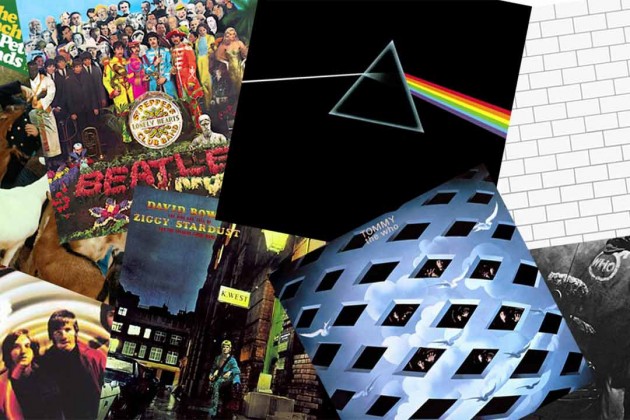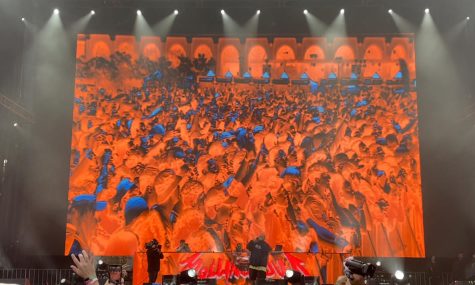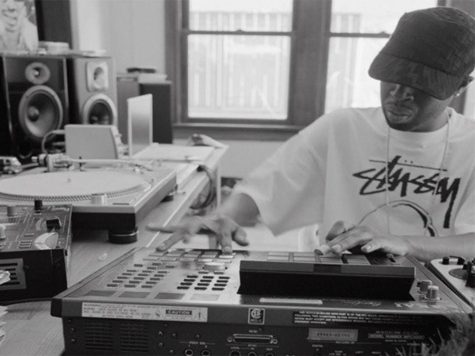Conceptualize This
May 23, 2016
Courtesy of Ultimate Classic Rock
A concept album is defined as an album where all musical or lyrical ideas contribute to a single overall theme or unified story. In contrast, typical studio albums consist of a number of unconnected songs performed by the artist. Surprisingly, concept albums are more common than you think. From Green Day to The Who to Broadway smash hit Hamilton, concept albums are growing in popularity (I see you Lemonade). So rather than give you something you could find on Wikipedia let me break down a few different albums from various eras and genres. Disclaimer(!!!!!!!!) these are not reviews, just my thoughts on some of the great concept albums of the last 50ish years.
The Who ÛÒ Tommy

Courtesy of Rollingstone
The Concept: The album takes place during and after World War One, beginning in 1921. A boy becomes deaf, mute and blind but gains fame and following by becoming a champion pinball player, but that doesn’t fill the void left by his damaging childhood.
Pete Townshend was looking to break out of the 3 minute pop/rock format for a long time, and found that, through a concept album, he could stretch the limits of typical pop/rock by coming up with a rock opera album. Having lost most of his senses, the main character Tommy feels everything simply as rhythms and vibration. Everything reaches him as music which was an important idea to the band. There are few artists in the classic rock era that are remembered for wanting to not only build a great album but also a great story. The Who paved the way for the idea that it wasn’t only the singles that mattered but the whole album. This was an album and a story that brought new possibilities to rock music and made all of the following conceptual albums possible in a way. As Townshend mentions in a Rolling Stone interview from July of 1969, it is also the first rock album to have an overture to help the audience tie in themes throughout the album.
Tommy became a Broadway hit and a feature film. At 23 songs, it may seem long but the run time for the album is only 1 hour and 15 minutes. The band felt that excessive dialogue could take away from the story of the album. Fun fact about the first performance of the album: a little known up-and-coming singer/songwriter named Elton John opened for the Who. What makes this album stand out from other rock classic is that you can listen to individual tracks off of Tommy the rock album or you can listen to Tommy, the rock opera epic- or you can do both.
Green Day ÛÒ American Idiot
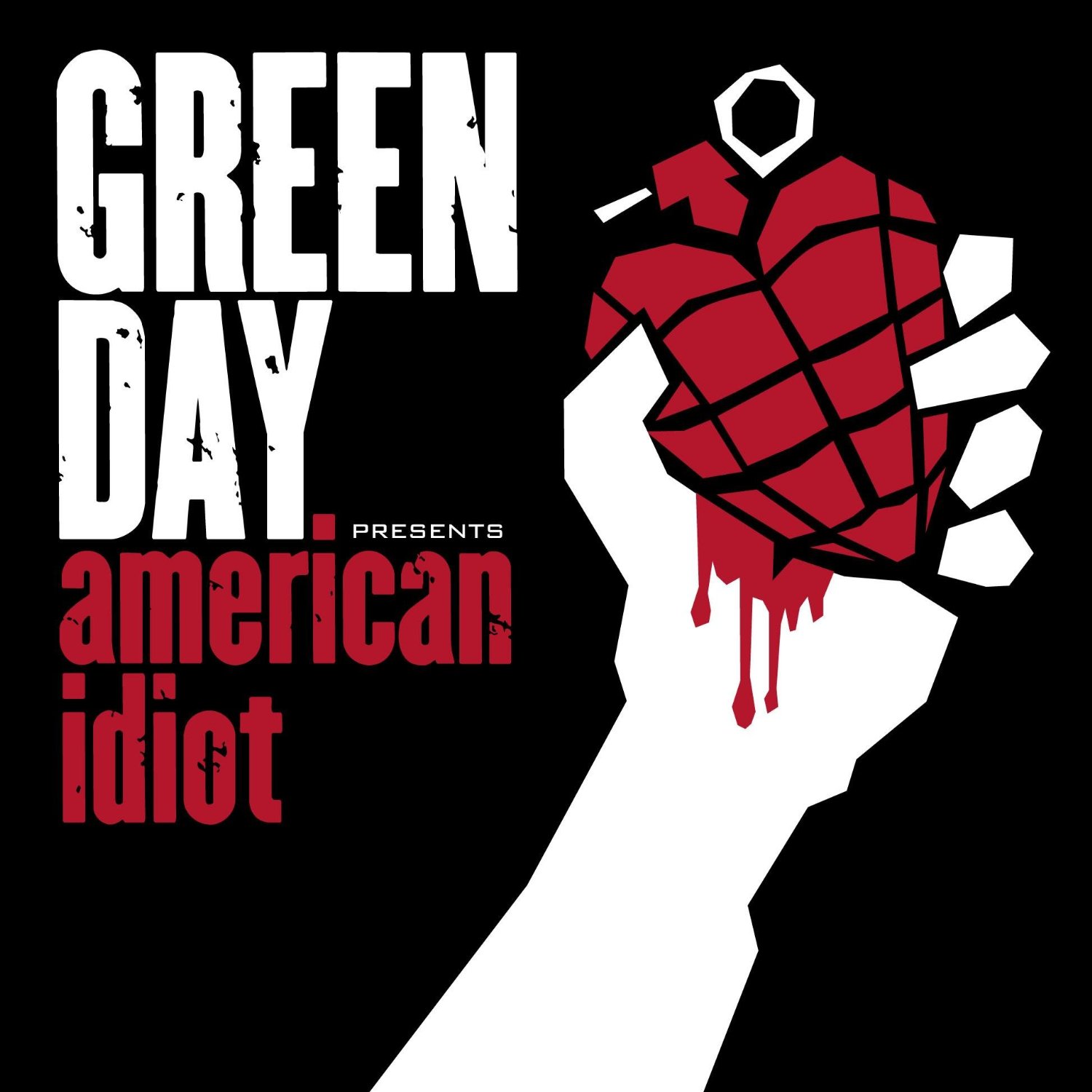
Courtesy of Riff You
The Concept: An everyman named Jesus of Suburbia leaves for the big city where he finds himself, loses himself, and finds himself again.
I’ll be the first to admit it; this album is one of my guilty pleasures. For anyone who tuned in to my insane ramblings on Ian Evan’s show “Deep Cuts,” I played the title song off of this album. So if you wanna talk Green Day, let me know. It took me a long to write this section of this article, mostly because I took a two-hour break to watch the documentary about the album. For an album that came out in 2004, it still rings true for those pop punk kids still in suburbia. Put simply, the album is about people trying to find something that they can believe in. This was Green Day’s first great album and it became one of the first punk rock operas, making its way to Broadway.
American Idiot follows the story of Jesus of Suburbia, an adolescent anti-hero that is divided between “rage and love.” Through its plot, the album expresses the disillusionment and dissent experienced by a generation, which came of age during the Iraqi War era. American Idiot was a come-back for Green Day, winning them a Grammy for best Rock Album in 2005 and inspired a feature film and a Broadway musical. Recently, a Connecticut high school was set to perform the punk rock opera to its intended audience, suburban teenagers, but the production was shut down due to language. Billie Joe Armstrong, Green Day’s front man, called the cancellation censorship. The challenging of authority is exactly the type of legacy that this concept album was intended to leave behind.
This album stays relevant in today’s political culture as well as continuing the concept of the wandering millennial that wants to be anywhere but where they are. This album will definitely outlast Green Day because of its lyrical depth and the story’s message.
Titus Andronicus ÛÒThe Monitor

Courtesy of Rex and the Bass
The Concept: Pounding rock commemorating the Civil War
The album title is a reference to the USS Monitor, and the closing track, “The Battle of Hampton Roads,” refers to the battle between the Monitor and the CSS Virginia, which took place in March 1862. It also references the band’s New Jersey roots as well as the most famous man to come out of New Jersey, Bruce Springsteen. The songs aren’t short and snappy, nor are they ballads lamenting the near split of our country. Rather, they’re full of youthful angst and spite.
Personal pain is easy to turn into song lyrics. History is easy to break down into musical plot points along an existing timeline. Combining them together is something that should clash horribly and dreadfully yet doesn’t. The Monitor isn’t a biography of the Civil War or one person’s life; it talks about how life affects us all. Titus Andronicus talks about how humans hurting each other is nothing new; it’s something that’s been happening on every scale for hundreds of year. Intentional or not, this album reminds us that human desires change and sometimes this can hurt people we love. The theme from the album sums up the central idea “the enemy is everywhere/and no one seems to care.” It takes the idea of a person who feels misunderstood and turns to music to understand the world around them.
Lin-Manuel Miranda ÛÒ Hamilton Mixtape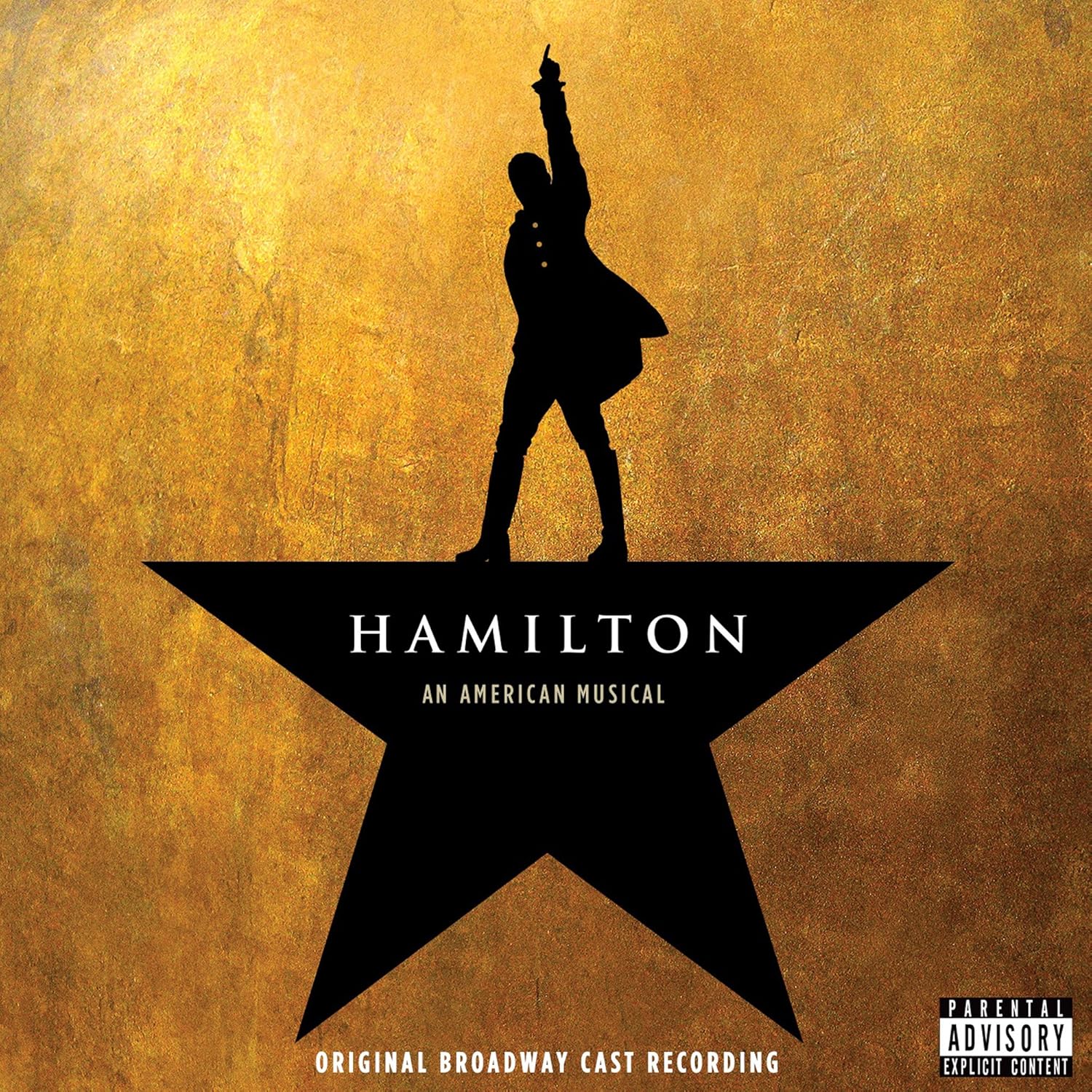
Courtesy of Amazon
The Concept: Alexander Hamilton’s life told through hip-hop and R&B.
A project first announced in 2009 by Lin-Manuel Miranda’s performance at the White House, the Hamilton Mixtape has exploded into a cultural icon. This is a concept album about someone who Miranda thinks embodies hip-hop and the word’s ability to make a difference: Alexander Hamilton. What makes Hamilton stand out from other musical theatre albums is the style of music and the way the album was created. Miranda created this album with a hip-hop and R&B style in mind. It is supposed to be an album that represents the United States as it is, not the picture of how it was in our history books.
The first time I listened to the album the whole way through, all two discs, 23 songs and 2 hours and 22 minutes was driving back from school after finals. I was hooked and I understood the obsession people have. It’s an instant classic that will run on Broadway forever if possible, get turned into a live movie on NBC, and catapult it’s stars into the mainstream media. Hamilton is a story that no one knew they wanted or needed. To tell a story of an immigrant in a way that captures the experience- but doesn’t exploit or appropriate- is something that was needed in this day and age. Everyone can find part of themselves in Hamilton, that is what makes it such a good story and so accessible.
Hamilton only got a 6.9 on Pitchfork but the show is sold out until January 2017, so it seems to have an impact on the American public. It does exactly what a concept album is supposed to do; tell a story that was previously unheard in a way that grasps an audience. The last words stay with you, “Who lives, who dies, who tells your story?Û
First and last songs off these albums:

